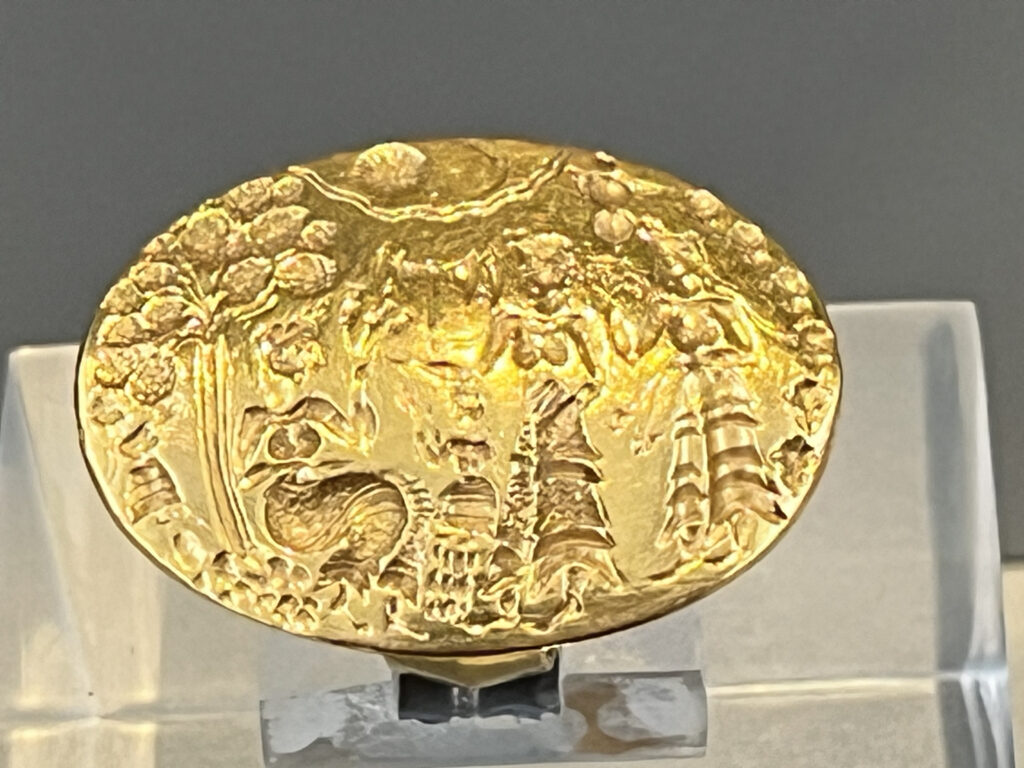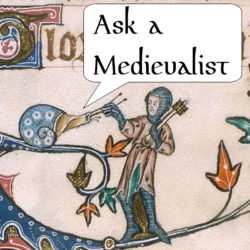Summary
Let’s talk about psychedelics in ritual practice. From Hunter S. Thompson’s pilgrimage across the desert to the human sacrifices of the Incan empire in the sixteenth century to the use of opium during the late bronze age, people have been altering their mental states in religious contexts almost since the dawn of civilization. Join Em and Jesse in their second episode about drugs in honor of Em’s killer new novel, Dionysus in Wisconsin.
Notes
Get the novel! Dionysus in Wisconsin on Amazon, on Bookshop.org, and other sites. Or drop me an email at ehlupton(at)gmail(dot)com to get a signed copy ($15, including shipping, although that may be different if you are international, drop me a line and we’ll chat).
1/ From Chapter 1 of Hunter S. Thompson’s Fear and Loathing in Las Vegas (originally published by Rolling Stone in 1971 and then as a book by Random House in 1972). Here’s the clip from the amazing 1998 film, directed by Terry Gilliam and starring Johnny Depp and Benicio del Toro.
2/ See these articles about 1600–800 BCE Menorca!
National Geographic article “European ‘shamans’ took psychedelic drugs 3,000 years ago.”
The study published in Scientific Reports “Direct evidence of the use of multiple drugs in Bronze Age Menorca (Western Mediterranean) from human hair analysis,” authored by E. Guerra-Doce, C. Rihuete-Herrada, R. Micó, R. Risch, V. Lull, H. M. Niemeyer
3/ O. Hai & I. B. Hakkenshit, “A Simple and Convenient Synthesis of Pseudoephedrine From N-Methylamphetamine.” Journal of Apocryphal Chemistry, Feb. 2012. DOI: 1F.1BC9/b00000F00A https://maggiemcneill.files.wordpress.com/2012/03/synthesizing-pseudoephedrine-from-meth.pdf
4/ National Geographic “Ancient hallucinogens found in 1,000-year-old shamanic pouch.”
Melanie J. Miller, Juan Albarracin-Jordan, Christine Moore, and José M. Capriles “Chemical evidence for the use of multiple psychotropic plants in a 1,000-year-old ritual bundle from South America,” in PNAS
5/ Ayahuasca and coca evidence from two Inca children who were sacrificed. (Note that this isn’t the first time Em has seen this practice referenced, e.g., this Wikipedia article [tw child sacrifice].) Science News, “A special brew may have calmed Inca children headed for sacrifice.”
6/ “Antiquity of Coca-Leaf Chewing in the South Central Andes: A 3,000 Year Archaeological Record of Coca-Leaf Chewing from Northern Chile” in the Journal of Psychoactive Drugs, authored by Mario A. Rivera , Arthur C. Aufderheide , Larry W. Cartmell , Constantino M. Torres, Odin Langsjoen
7/ Paolo Nencini “Facts and Factoids in the Early History of the Opium Poppy,” in The Social History of Alcohol and Drugs 36.1 (Spring 2022)
8/ Poppies! Pretty flowers with poison! See Smithsonian Magazine “Archaeologists Discover Evidence of Earliest Known Opium Use.”
See the actual study in Archaeometry “Opium trade and use during the Late Bronze Age: Organic residue analysis of ceramic vessels from the burials of Tel Yehud, Israel,” authored by Vanessa Linares, Eriola Jakoel, Ron Be’eri, Oded Lipschits, Ronny Neumann, Yuval Gadot.
9/ The Minoan goddess: pretty sure we’ve mentioned her before.
Wikipedia page with pictures of the statue from Crete (in the Heraklion Archaeological Museum) and a drawing of the Mycenaean signet ring.
Pictures below of the actual Mycenaean signet ring in the National Archaeological Museum in Athens. (Pictures taken by Jesse.)
10/ Good pictures of poppy pods and the base ring juglet in this article “Traces of opiates found in ancient Cypriot vessel” (more in the study below).
Picture of poppy pods from Wikipedia.
“Detection of opium alkaloids in a Cypriot base-ring juglet” in Analyst (Issue 21, 2018) authored by Rachel K. Smith, Rebecca J. Stacey, Ed Bergström, and Jane Thomas-Oates.
11/ “I blame Nixon.” For the kids out there, Nixon started the war on drugs.
12/ Cannabis at Tel Arad: Smithsonian Magazine “Archaeologists Identify Traces of Burnt Cannabis in Ancient Jewish Shrine.”
Science Advances “The origins of cannabis smoking: Chemical residue evidence from the first millennium BCE in the Pamirs.”
Journal of Ethnopharmacology “Archaeobotanical evidence of the use of medicinal cannabis in a secular context unearthed from south China.”
“Did ancient Mesopotamians get high? Near Eastern rituals may have included opium, cannabis” in Science.
13/ There are loads of books on the modern drug trade and porous borders, e.g. The Politics of Heroin in Southeast Asia by Al McCoy.
14/ “A rock with a tongue in it” = an oyster.
15/ See also the last scene of the film Saving Grace, which is tremendously funny but not on YouTube.
Podcast: Play in new window | Download







